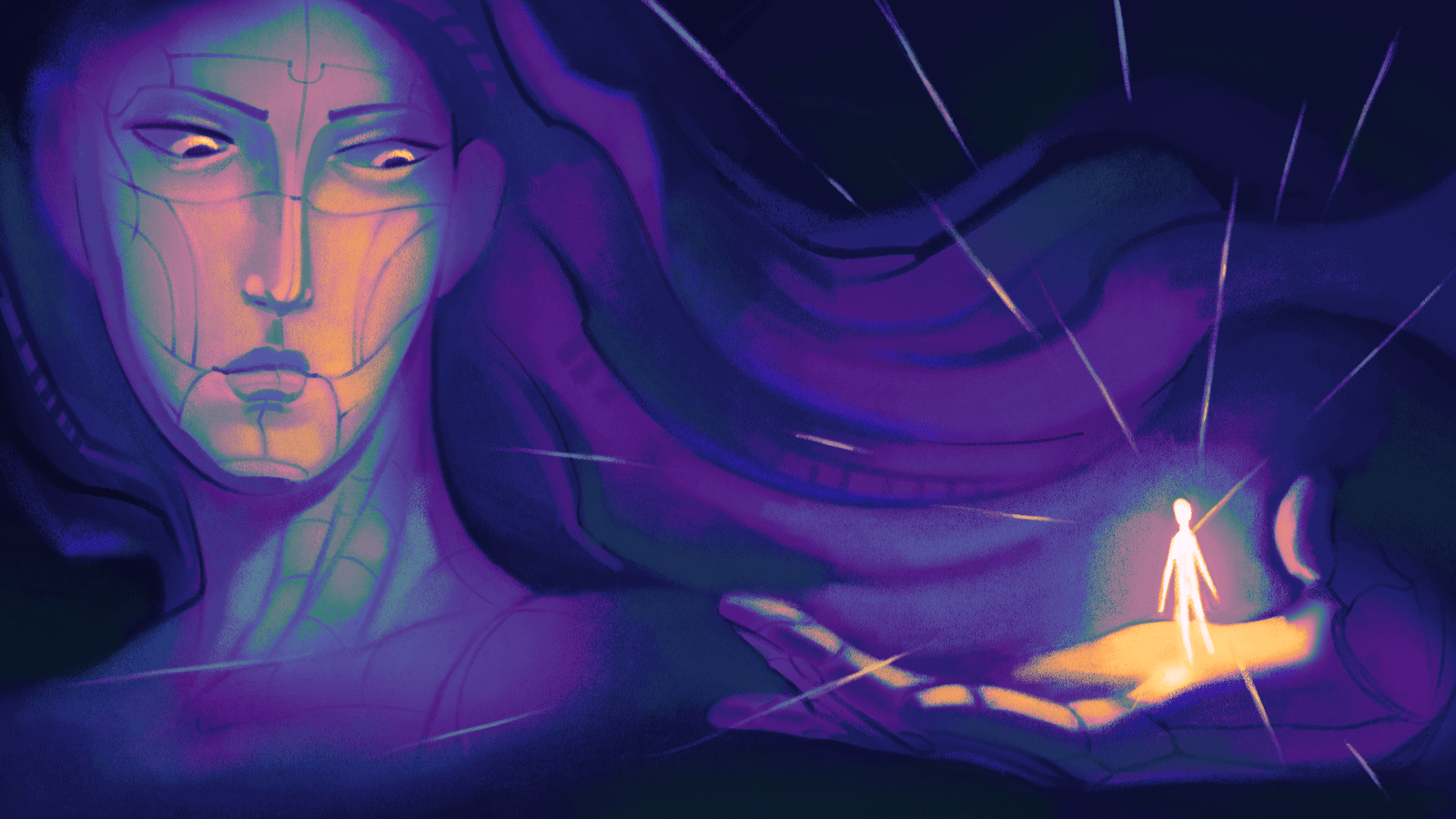From Hand-Drawn Frames to Smart Systems: The AI Leap in Animation
The journey of AI in animation didn’t begin overnight – it traces back to the early days of CGI and computer-aided motion graphics.
In the days when animations were painted, drawn frame by frame, every motion, every texture, every light source was manually crafted. Then AI tools and machine learning began to enter the picture, automating parts of that process.
Why this matters:
- It means the animation industry is evolving, not replacing – it’s building upon the analog tradition.
- It also raises questions about originals vs. algorithm-generated output.
- For an animation studio, acknowledging this history gives context: AI is another tool in the belt, not (yet) a complete substitute.
AI for 3D Animation Makers: A New Production Partner
When we zoom into 3D animation (and the broader film production pipeline), AI is already making impacts.
AI is used in post-production tasks (video stabilization, colour-correction, audio sync) that were once tedious and manual. In production and pre-production, AI tools can assist with camera angles, motion tracking, managing schedules, even generating rough edits.
Whether you’re doing a commercial, short film, promo animation, the AI tools can help free up creative time. But: you still need human direction. Storytelling, emotional beats, character arcs – AI doesn’t replace that.
It also means that larger film/animation pipelines are shifting; staying current with tool-kits gives a competitive edge.
Creativity and Work Efficiency Are Now Enhanced
One of the most often-cited benefits: improved efficiency and expanded creative capacity. AI empowers 3D animation service companies. Any maker can now produce realistic characters, impressive pictures, and awe-inspiring terrains, allowing an animation maker more time to concentrate on releasing their creative genius.
What this means practically:
- Mundane repetitive tasks (clean-ups, in-betweens, certain renders) can be assisted or accelerated by AI.
- The time saved can be invested in concepting, polishing, refining the “magic” of the animation.
- For example, in your work on frame-by-frame or mixed 2D/3D pieces, you might use AI-assisted rotoscoping, or automated texture generation, and then focus your time on the visual storytelling your studio is known for.
Caveats:
- Efficiency gains don’t always equal better creativity. The risk: relying solely on AI shortcuts could flatten the distinct artistic voice.
- AI-generated solutions might be fast, but may lack subtlety, character, intention – things that human animators excel at.
A Smarter, Faster Animation Pipeline with AI
Beyond creativity and efficiency, AI is streamlining the overall pipeline. Whether it comes to 2D animation or 3D animation, manual work (rendering, texturing, etc.) stands behind 70% of the work and is typically a true pain. AI algorithms help to automate some of these tasks, thus streamlining the automation pipeline”
Here are pipeline benefits and implications:
- Fewer bottlenecks: tasks like background generation, lighting passes, motion tracking can be accelerated.
- Better resource allocation: time currently used by junior staff for repetitive tasks can shift to mid/senior tasks or creative brainstorming.
- Faster iteration: when you’re producing short-form animation (e.g., promo videos, openers), faster feedback loops mean you can test more, refine more.
However:
- Rationalising the pipeline doesn’t mean the pipeline disappears. Human oversight, artistic direction, and quality control remain critical.
- There is a learning curve: adopting AI tools means training your team, adjusting workflows.
The Rise of Dynamic and Interactive Animation Through AI
AI enables animations to respond to user input in real-time – especially in games and VR experiences. These systems can adjust lighting, movement, or even camera angles based on viewer interaction, creating a deeper sense of immersion. Yet, the underlying story logic, pacing, and emotional connection are crafted by humans.

Limitations of AI for 2D and 3D Animation
Despite all the advancements, AI still struggles with context and originality. It can replicate, enhance, and predict-but it cannot feel.
AI lacks emotional understanding – it can mimic expressions but struggles to embed true intent. It depends entirely on existing datasets; novelty is hard. It cannot make decisions that require intuition, artistic vision or “gut” choices. For 2D animation especially, where every frame reflects personality and artistic choice, AI remains a tool – not a creator.
The Verdict: AI Is Good, But It Will Never Replace the Magic
AI has undeniably made animation faster, more precise, and more accessible. It’s an incredible ally that helps studios handle complexity, save time, and raise production quality. But behind every AI-assisted project, there’s a team of real people – animators, designers, and storytellers – who bring emotion, style, and purpose to every frame.
Technology can imitate; people create. AI can calculate motion; artists give it meaning.
So while the future of animation is AI-powered, it will always be human-driven, because true animation magic still comes from the hands, minds, and hearts of the creators behind the screen.